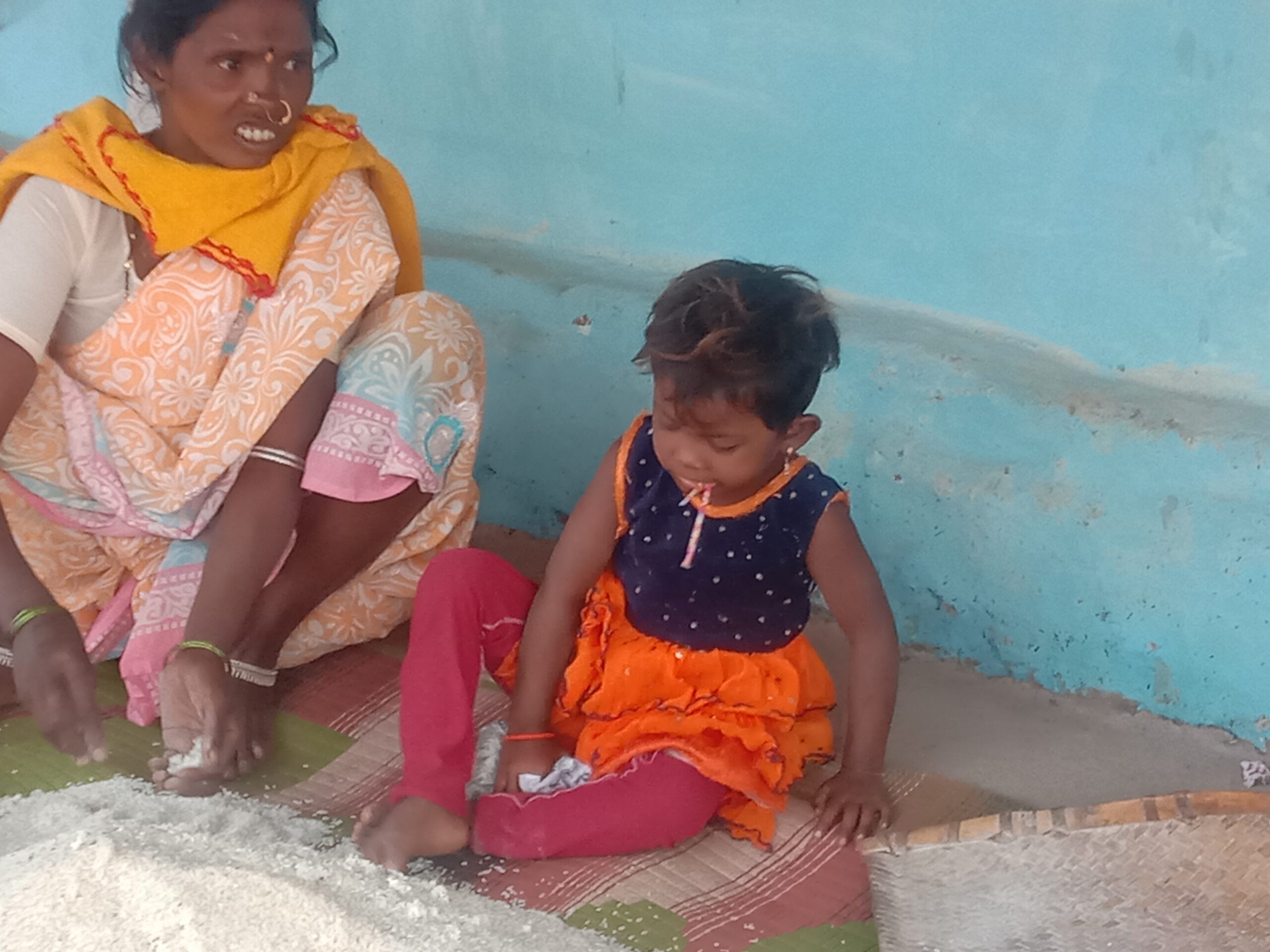
In the Wake of the Farmers’ Movement: MSP and Beyond
(Part –I)
First lockdown: crops could not reach the market, farmers stood amidst acres of rotting vegetables
In 2017 farmer protests in Maharashtra, Madhya Pradesh, Tamil Nadu and other States placed agricultural pricing at the centre of their demands. Based on the recommendation of the Swaminathan Commission and the electoral promises of the BJP, farmers demanded that the state should set Minimum Support Price (MSP) that allow for a surplus of ‘50% more than the weighted average of the cost of production.’ At that time the government of Maharashtra was unwilling to implement the ‘Swaminathan panel formula’ and instead called for increasing production per hectare and linking farmers to agro-industries as panacea to the crisis faced by farmers. (Indian Express, July 21, 2017). The government conveniently forgot the Tur Dal crisis where increased production in that year led to a fall in prices leading to severe unrest in the farming community. Later the state government made it a criminal offence to pay farmers below the MSP but this law did not help the farmers simply because the MSP itself remained abysmally low. This meant that in normal years farmers usually got above the MSP by selling in the open market, but this did not mean that the actual price which they got was either fair or remunerative.
The Importance of a Realistic MSP
The MSP is purportedly a state-led initiative to protect farmers from market fluctuations. The Department of Agriculture and Cooperation (DAC) announces the MSP for 25 agro- commodities twice a year (during Kharif and Rabi seasons) on the recommendation of the Commission for Agricultural Costs and Prices (CACP). It is well known fact that CACP recommendations are a fraction of what State governments recommend to it, barely covering the non-labour input costs (seeds, fertilizers, electricity etc). This implies two things – first that the farmer and his family are virtually working for free and secondly any farmer who employs outside labour immediately incurs losses. In fact, it makes more sense for the farmers to labour on other people’s fields or go to work on MGNREGA sites. Undoubtedly, this skewed pricing should change and MSP should reflect the actual cost of production for farming to be viable.
According to the official website of the CACP, it takes into consideration various factors while arriving at its recommendations –‘demand and supply, cost of production, international prices, inter-crop price parity, terms of trade between agriculture and non-agriculture and the likely impact on the consumers of that commodity.’ It further notes clearly that ‘the cost of production is an important factor that goes as an input in determination of MSP, but it is not the only factor that determines MSP.’ Thus under the garb of balancing the interests of various stakeholders, the government ends up shortchanging the farmer by setting exploitative MSPs. Against this background of low MSPs, linking farmers with food processing will only increase profits of the industries without ensuring a higher price for farmers.
Is a Higher MSP enough?
An increase in the MSP is only the first step and farmer movements have to seriously consider the delivery mechanism by which procurement works to protect farmers. In ordinary times farmers get a price above the MSP in the open market however,when market prices fall due to over-production or other factors farmers look towards state agencies to buy the produce at the MSP rates. If the state fails to provide succor to farmers during such crises then the entire raison of setting MSPs is hardly met.
Presently, the DAC appoints various agencies such as FCI, NAFED, Cotton Corporation of India, Tobacco Board etc. to procure commodities from farmers at the MSP i.e. the procurement price through a ‘price support scheme’ (PSS). The MSP can provide relief to farmers only if the PSS is structured to function efficiently and provide succor during crises. However, the current situation is far from satisfactory. The present PSS guidelines do not favour farmers on several counts – for instance (1) there is a stipulation as to quality of product. This means that farmers can be (and often are) denied MSP on the basis of allegedly low quality of the product. (2) The procurement agencies are directed to procure only a certain quantity per day per farmer, e.g. 50 bags of 50 kgs each. This sort of cap is counterproductive when there is a glut and means that while the farmer will get MSP for a part of his produce, the rest will be sold below MSP. (3)Only a certain percentage of the total commodity produced in the season or year may be procured by the agencies. This percentage can be as low as 25% which means that 75% of the produce may be sold in the open market for a less than MSP. Overall, the structure of the PSS is not conducive towards creating a supportive environment for the farmers. Unless this is corrected merely increasing the MSP would ensure that while farmers would get higher than the procurement price when production is normal, they will not be protected during crises because of a weakly structured PSS system.
Increase in the MSP and remodelling of the procurement mechanisms have to go in tandem for crisis seasons and for crisis zones. There are certain regions like Western Vidarbha and Marathwada in Maharashtra where number of farmer suicides is very high. At least for such regions the MSP should be increased and the guidelines of the PSS should be restructured to ensure a higher MSPs backed by a supportive PSS mechanism in the event of market failure.
– Kalyan Kumar
(to be contd)







